Phono preamps come in all shapes and sizes in 2021 and with so many people buying records again, it has become a very competitive category within the high-end audio segment. Manufacturers have made phono preamps an integral part of integrated amplifiers again, but the vast majority are designed for moving magnet (MM) cartridges only and offer no range of adjustments in regard to load impedance or gain. Moving coil cartridges require a lot more setup which is certainly worth the effort in order to get them to sound their best. The Pro-Ject Phono Box RS2 Phono Preamp is a big step-up from the Pro-Ject Tube Box DS2 model that we love so much; both in terms of price and performance.

The Pro-Ject Phono Box RS2 is the latest phono preamplifier from the Austrian brand and presents some very interesting features such as its completely balanced structure and equalization possibilities with RIAA and Decca curves.
But perhaps its strongest point is the wide range of adjustments that allows optimizing the performance of any cartridge. For starters, it is suitable for MM and MC type cartridges, allows users to change the operating impedance between the values of 10 ohms and 1,000 ohms and offers 8 selectable gain levels between 40 and 70 dB. It even allows you to turn the impedance pot seamlessly during playback and immediately evaluate the impact of different loading options.

It seems clear that this range of adjustment possibilities makes it one of the most versatile phono preamps on the market even if we take into account those with much higher prices. In addition, all of this is offered within a very compact and easy to use case. Pro-Ject have perfected the art of getting a lot of performance out of small components and the Phono Box RS2 is no exception.
From the unboxing, I was very pleased to see that all of the adjustments are made from the front panel and that very visible LED indicators inform the user of every setting; unlike a number of cumbersome phono preamps with tiny tabs on the underside of the chassis that are hard to read and not suitable for users with large fingers.
Its physical size, input configuration, and range of adjustments make it a natural rival to the Gold Note PH10 recently analyzed in Amigos Hi-Fi; although listening sessions confirm that while they share very similar features, the tonal balance and presentation are most certainly different.
To get some insight into the sonic capabilities of the Phono Box RS2, I listened with both an Audio-Technica VM750SH MM cartridge and an Ortofon Quintet Black S MC cartridge. Both cartridges were used with my Rega Planar 3 turntable.

I also took advantage of its balanced configuration to connect it through that set of outputs to my Vincent SA-32 and Musical Fidelity M6s PRX.
A quick swap on the street, without even turning off the car’s engine, gets me a double LP on Santana “Moonflower.” This is the original 1977 edition that I found by Wallapop. The records were practically unused and as soon as I got home, I put on the third side which includes an extraordinary live percussion solo.
While the music was playing, I adjusted the Pro-Ject and discovered one of its greatest strengths; the ability to dial in the sound by experimenting with the impedance, gain settings, and to a lesser degree – the Decca curve. My Ortofon MC cartridge found its groove at 400R.
The music unfolded with great depth and soundstage width; far more than the digital version of the same album. The dynamics were generous but without being too much and overpowering the rest of the sound.
The level of detail was excellent on the Santana album, and almost always across the board with each record without ever becoming too much. The sound, in addition to being very believable from a timbral point of view, had just the right amount of warmth typical of an analog source. The Pro-Ject made the 15 Euros I spent on the Santana sound like the biggest bargain of 2021.
The vast majority of listeners probably use a MM cartridge installed on their turntables and that is why I also tested with the aforementioned Audio Technica with Eye in the Sky (1982) from The Alan Parsons Project.
With this type of cartridge, we may lose some of the bass extension in exchange for more forcefulness or “punch” that goes very well with this type of music. But nevertheless, the Pro-Ject manages that this category of cartridges that we often consider less audiophile, maintain their level of precision and elegance.

But when I was about to return the phono preamplifier and free up space for my next reviews, a real gem arrived from the United States:
The fabulous Premonition Records pressing of Patricia Barber’s Nightclub (2000) arrived. This version of the album was made specifically from the original analog master.
I returned to the Ortofon Quintet Black S, removed the mat from the turntable, placed the record directly on the platter, and connected my Musical Fidelity stage and loudspeaker for a final trip.
The result was incredible. The recording is superb. If I had to define in a single word the differential fact provided by the Pro-Ject phono preamp, it would be “presence.” Because never before had I heard the Barber (I have all her CDs) so present in my living room. So real, so enigmatic and suggestive at the same time. Bravo Pro-Ject.
Conclusion
The Pro-Ject Phono Box RS2 offers far more than its unassuming design would suggest. It is a design of very good technical execution and something that is adaptable to almost every type of phono cartridge with the exception of some extremely low output moving coil cartridges that scream out for a Step-up Transformer.

The Phono Box RS2 doesn’t stand out in any particular category but is an extremely capable performer across the board offering a very balanced sound that extracts the most music possible from the cartridge on the other end. It is in many ways, a caretaker or conservator of the music and a phono preamp that elevates the signal to the next part of the signal chain without losing any of the information or the soul of the music. Highly recommended.
Where to buy: $1,999 at Audio Advice
The Spanish version of this article originally appeared at Amigos Hi-Fi.


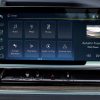
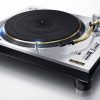
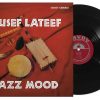
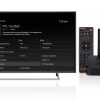
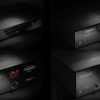
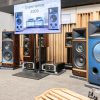



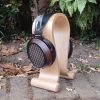
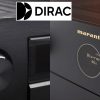

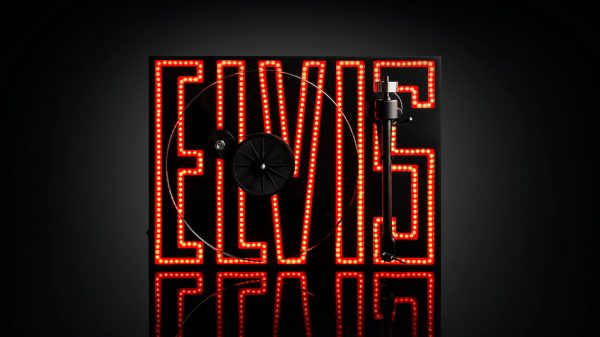
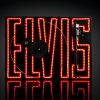
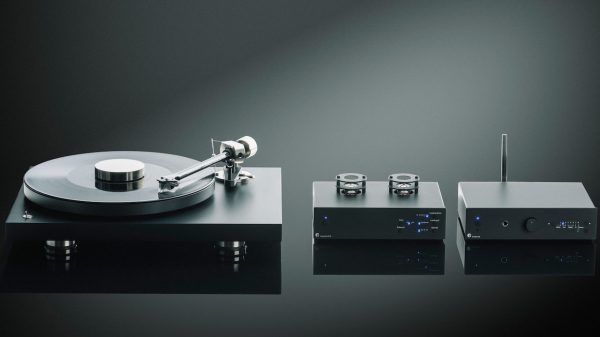
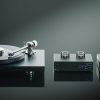
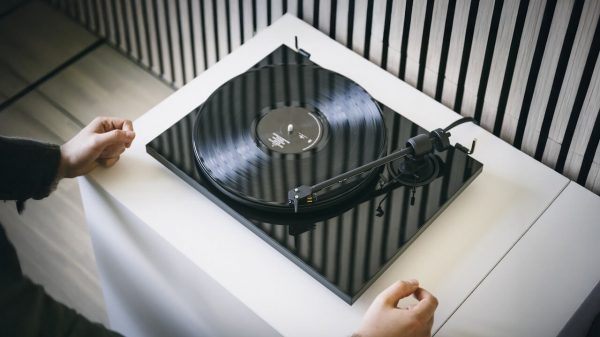
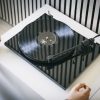
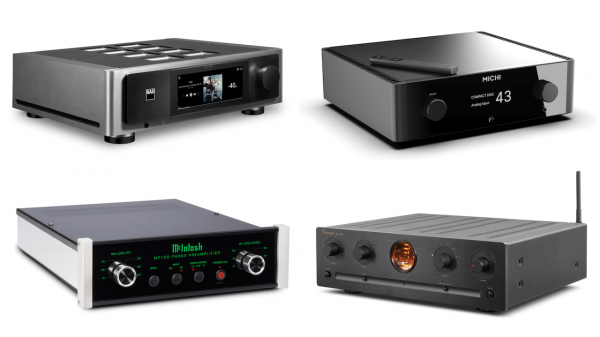
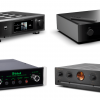

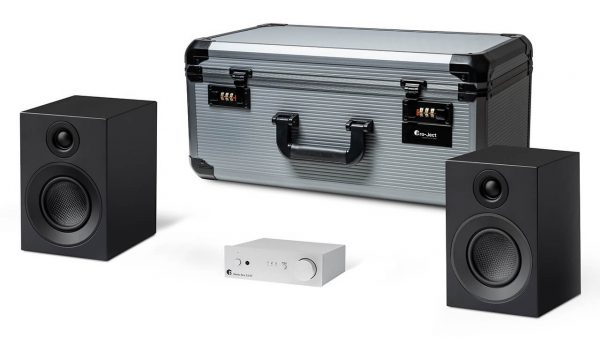
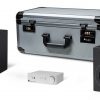



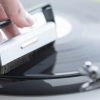











Eduard
July 11, 2021 at 10:20 am
Hello! Great review!
Still, how does it sound compared to the Gold Note PH10?
Thank you!
Regards,
Eduard